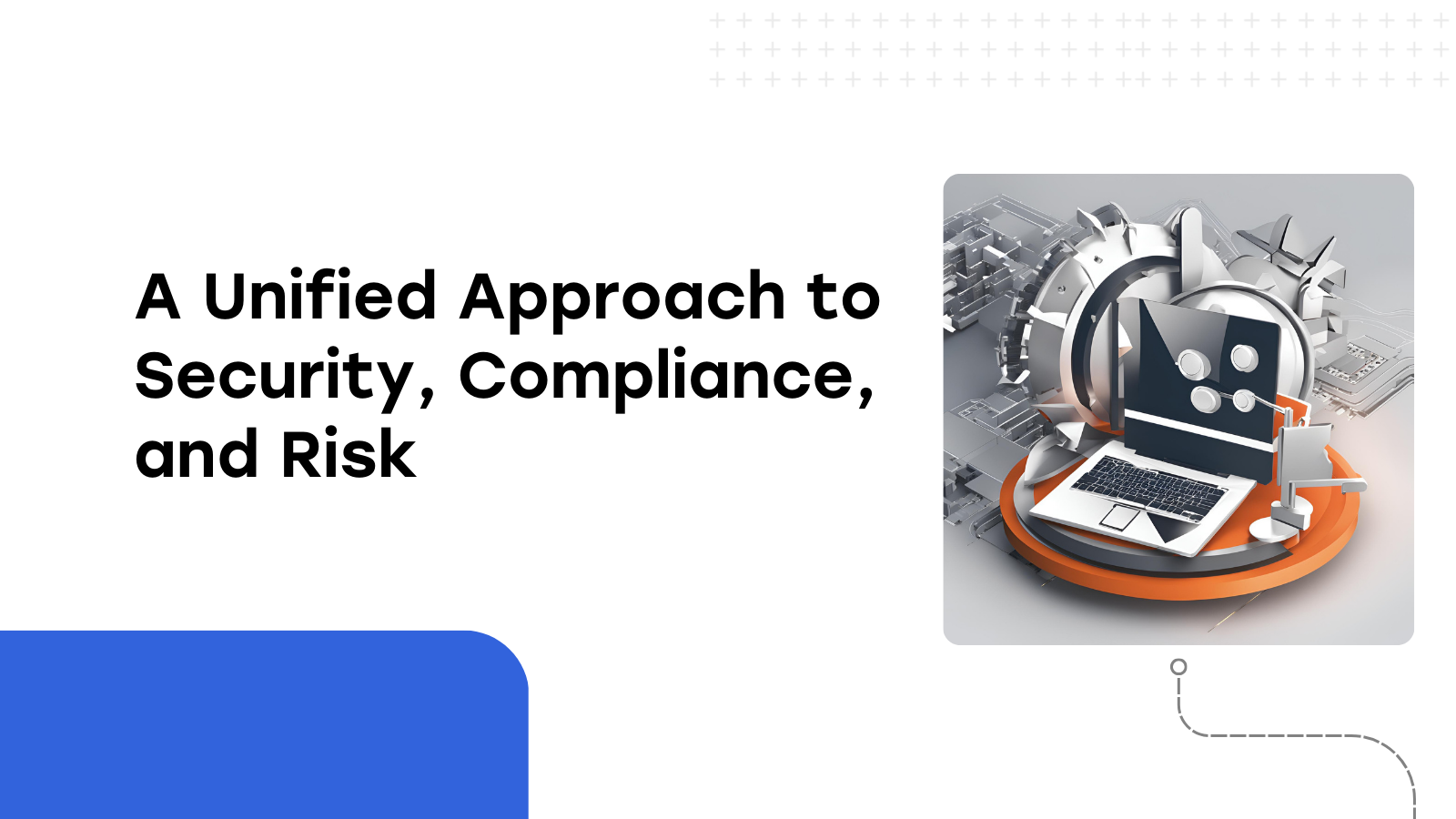
In the world of enterprise security, we’ve created a dangerous illusion of safety through fortification and fragmentation. Companies treat compliance, security, and risk management as distinct domains, each operating in its own silo, rarely communicating or sharing meaningful intelligence and insights. It’s not just inefficient; it’s a ticking time bomb for potential security breaches.
Compliance Performance Syndrome
Take SOC 2 certification, for instance. For most companies, it’s become nothing more than a performative exercise—a box to check to satisfy customer requirements. Organizations invest significant resources in obtaining certification, yet fail to leverage the insights generated through this process to meaningfully improve their security posture.
This “compliance theater” creates a false sense of security. A SOC 2 report becomes a document to wave at potential customers, rather than a comprehensive map of an organization’s actual security landscape and ability to protect its systems and data.
Fragmented Landscape of Risk Management
The current enterprise approach resembles a disconnected puzzle. Compliance teams focus on meeting regulatory frameworks, while security chases immediate technical vulnerabilities, and risk management attempts to quantify potential financial impacts. Each group speaks their own peculiar language, uses different tools, and rarely shares a holistic view of the organization’s true risk profile.
Modern Enterprises Require a Smarter Security Approach: Integrated Risk Intelligence
Security, compliance, and risk are not separate domains but interconnected aspects of organizational resilience. To protect themselves from an increasingly dangerous environment, enterprises should move beyond traditional, siloed approaches and apply a comprehensive framework that enables proactive, data-driven security strategies. A holistic security framework should include contextual, risk-adjusted intelligence; the ability to connect technical vulnerabilities into business impact; and continuous dynamic risk assessment.
Emerging Leaders in Integrated Risk Intelligence
Despite the fact that the vast majority of companies have yet to adopt an integrated risk intelligence approach, there’s promising activity in the security sector. It makes me confident that enterprises will gradually implement a more comprehensive and effective protection framework.
Here are a few notable startups that have attracted our attention at Sorenson Ventures and are already applying an integrated risk intelligence approach to different enterprise use cases:
CyCognito: Exposure Risk Management Reimagined
Unlike traditional vulnerability scanners, CyCognito (Sorenson Capital portfolio company), doesn’t just identify potential security gaps, it provides risk-adjusted action plans that contextualize vulnerabilities within the broader organizational ecosystem, including:

Safe Security: Quantifying Cyber Risk
Safe Security (Sorenson Capital portfolio company) takes a data-driven approach to cyber risk management. Their platform:

Netrise: Securing the Software Supply Chain
Netrise (Sorenson Capital portfolio company) focuses on a critical yet often overlooked area of security: compiled code risk. Netrise:

CloudKnox: Redefining Cloud Security
CloudKnox (acquired by Microsoft; former Sorenson Capital portfolio company) applies an integrated risk management approach to cloud infrastructure security with a platform that includes:

Privas.ai: AI-Driven Risk Integration
Privas.ai represents an emerging class of AI-powered risk management platforms. Privas:

Implementation Challenges
While promising, this integrated intelligence approach isn’t without challenges. Some first-mover companies have attempted to create comprehensive platforms but struggle with complex implementation issues and market entry strategies. Ultimately, the key to security success will be developing solutions that provide immediate, tangible value; integrate seamlessly with existing enterprise systems; offer clear, actionable direction to address vulnerabilities and risks; and demonstrate measurable risk reduction.
A Call for Holistic Security
Enterprise security cannot afford to remain fragmented. As cyber threats become more sophisticated and interconnected, our defensive strategies must evolve accordingly.
The future of enterprise security lies not in siloed departments and checkbox compliance, but in creating adaptive, intelligent systems that view risk, security, and compliance as deeply interconnected domains. An integrated risk intelligence approach will improve enterprise security and help companies proactively understand the potential business impact of leaving risks and vulnerabilities unaddressed.
If you’re building a cybersecurity company that applies an integrated risk intelligence approach to enterprise and business use cases, please reach out to me at kelefant@sorensoncap.com. I’d love to hear more.




